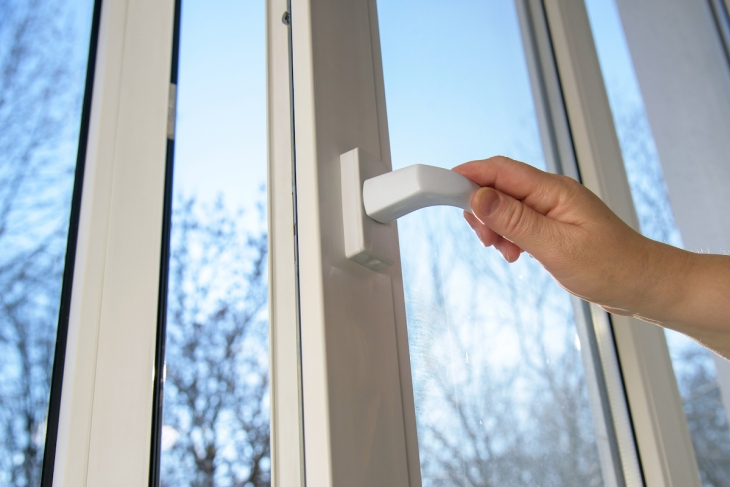Red-state breakthroughs in the battle for universal Education Savings Accounts have garnered much media attention, but a different string of recent school choice victories is likely to have an even bigger and better impact on disadvantaged children. To wit, a remarkable increase in charter school funding across a number of states—and not just red—which is finally addressing some of the deepest spending inequities in American education.
Ever since the emergence of public charter schools thirty years ago, these independent but tax-supported schools of choice have been underfunded compared to their district-operated peers. That’s because, in most states, districts don’t share locally raised tax dollars with charters, and most state policymakers decline to make up the difference. Back in 2005, when the Fordham Institute published the first national look at charter funding inequities, we found that charters received, on average, 78 cents on the per-pupil dollar compared with traditional public schools. In 2020, Patrick Wolf and his team at the University of Arkansas published the most recent analysis of charter funding, this time focused on metro areas—and the situation was even worse, with charters receiving only 67 cents on the dollar.
Such huge funding discrepancies are a real drag on charter performance. We know this from our own experience in Ohio. Consider the United Schools Network, a cluster of high-poverty schools in Columbus that our sister organization, the Fordham Foundation, authorizes. Launched by Andy Boy, a Building Excellent Schools fellow, the network has been able to offer its new teachers starting salaries of just $38,000, compared with $51,000 for Columbus City Schools. That’s what happens when Ohio charters get about 72 percent of what surrounding districts get. Needless to say, Boy has lost many great teachers to the district and others due to this big pay gap, even though he offers excellent working conditions and a sense of agency and efficacy.
Though I can’t prove a causal relationship, I don’t think it’s a coincidence that many of the states that show particularly strong charter achievement receive higher dollar amounts in per-pupil funding. That’s what’s happening in Massachusetts, New York, and New Jersey, to name three. (It also helps that these states don’t have virtual charter schools.) The evidence continues to mount that money matters in the traditional public school sector; it might matter even more in the charter sector, where real accountability for results encourages leaders to spend that money wisely—on people and strategies that build achievement, rather than across the board.
So it’s a big deal that several states are finally making real progress in closing the charter funding gap. A year ago, Missouri Gov. Mike Parson signed a bill that uses state funds to bring charter spending to parity with local districts, representing a boost of $1,700 per pupil in Kansas City and $2,500 in St. Louis—an overnight increase of 12 percent to 15 percent. Next door, in deep blue Illinois, advocates won $35 million for charter facilities. Other states, including New Mexico, Massachusetts, Florida, Tennessee, and Colorado, also enacted budgets with major investments in charter facilities.
The progress continued in recent weeks. A groundbreaking win in Indiana means that districts will now have to share local property tax and operating referendum dollars with charter schools, and creates policies to offset the cost of charter facilities through state bonds and other financing mechanisms. As Todd Ziebarth of the National Alliance for Public Charter Schools reports, plenty of other states made progress on funding, too, including Idaho, West Virginia, and Arkansas.
And then, at the end of June, Ohio lawmakers passed a sweeping reform bill that will boost funding for high-quality charter schools by a whopping $4,000 per child—a 40 percent increase—and for other brick-and-mortar charters by $2,300 per pupil, or 21 percent.
As a result, Boy is now offering starting teachers $49,000 a year—a game-changer for his schools and students.
Why is this happening now? I contend that this is a classic case of the Overton Window opening and policymakers and advocates being ready to go right through it. In other words, recent developments have created a window of opportunity for boosting charter funding, turning what was once politically difficult into the eminently do-able. Most critically, flush with tax revenue and pandemic-era stimulus dollars, states are in a mood to spend. The reason this is happening now is that state coffers are flush with tax revenue and pandemic-era stimulus dollars. There’s so much money to go around that legislators can boost funding for charters and for traditional public schools. (Ohio districts received an average dollar boost of 12 percent per pupil.)
But the window won’t remain open forever. With Covid dollars drying up, declining student enrollment, and an aging population, tougher times lie ahead. So advocates that want to close charter funding gaps where they still exist—that’s most of the country—need to act fast.
Which will mean, at times, not letting the perfect be the enemy of the good. Again, take Ohio. Funding high-quality charters—those that get strong marks on the state’s school report card—isn’t necessarily ideal policy. It could create a Matthew Effect, whereby the rich schools get richer and the poor schools get poorer, especially as those that are not yet high-quality struggle to compete for scarce teacher talent. But after decades of charter scandals in the Buckeye State, political leaders understandably wanted to focus most of their support on effective schools. It’s still a huge step in the right direction.
Given that charter schools disproportionately serve children of color and those from disadvantaged communities, equity advocates of all stripes should cheer the progress in closing longstanding funding gaps. It’s great for kids and great for the country. But we need to keep the momentum going because the window of opportunity will soon be slammed shut.
Editor’s note: A version of this article was first published by The 74.


